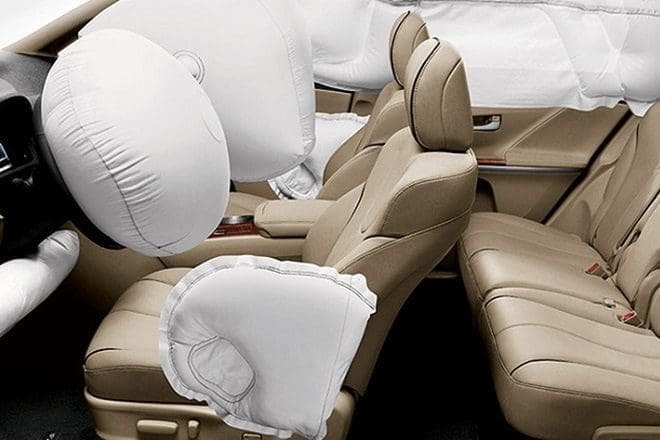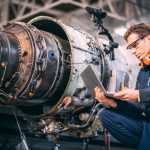Introduction: The Science of Saving Lives
Car crashes happen in an instant—but so do airbags. In less than 50 milliseconds, an airbag inflates to prevent severe injuries. This life-saving technology has reduced fatalities by 29% in frontal crashes, making it one of the most crucial advancements in automotive safety.
But how exactly do airbags work? What triggers them, and how do they deploy so fast? Let’s dive into the engineering marvel behind airbags.
1. The Core Components of an Airbag System
An airbag system consists of three main components that work together to detect, deploy, and deflate an airbag within fractions of a second:
A. Crash Sensors: Detecting the Collision ⚙️
- Sensors are located in different parts of the car, usually in the front bumper, sides, and near the engine.
- They measure deceleration forces using accelerometers.
- If the deceleration surpasses a critical threshold (e.g., hitting a wall at 16 km/h or more), the airbag system is activated.
B. The Inflator System: Generating Rapid Expansion 💨
- Once the system detects a crash, it sends an electrical signal to the inflator.
- The inflator contains sodium azide (NaN₃) and potassium nitrate (KNO₃), which create a rapid chemical reaction.
- This reaction produces nitrogen gas, causing the airbag to expand within 25-50 milliseconds.
C. The Airbag Itself: Protecting Passengers 🏁
- Made of nylon fabric, the airbag is designed to inflate and deflate quickly to prevent secondary injuries.
- A coating of cornstarch or talcum powder is often applied inside to prevent sticking.
- After full inflation, tiny vent holes release the gas, allowing the airbag to deflate in about 100 milliseconds.
2. The Engineering Behind Airbag Deployment
A. The Physics of Car Crashes: Why We Need Airbags 🚀
- When a crash occurs, a passenger’s body continues moving due to inertia.
- If not stopped, the person would hit the steering wheel, dashboard, or windshield at full speed.
- Airbags create a soft, cushioned surface that slows down the passenger’s motion gradually, reducing injury.
B. The Airbag Deployment Timing: A Matter of Milliseconds
- The human eye blinks in about 300-400 milliseconds.
- An airbag deploys in just 25-50 milliseconds—faster than an eye blink!
- If an airbag deploys too late, the passenger already hits the dashboard. If it deploys too early, there’s no protection.
C. Front vs. Side Airbags: Different Engineering Approaches
- Frontal airbags protect against head-on collisions.
- Side airbags inflate even faster (~10 milliseconds) due to less crumple zone in side impacts.
- Curtain airbags deploy from the roof to protect against rollovers.
3. The Evolution of Airbag Technology: Smarter and Safer
A. Multi-Stage Airbags: Adjusting for Different Crashes
- Modern cars use adaptive airbags that adjust their force based on:
- Crash severity
- Passenger weight & position
- Seatbelt usage
B. External Airbags: Future of Crash Prevention? 🚘
- Some manufacturers are experimenting with external airbags that deploy outside the car before impact, reducing crash force.
C. AI-Powered Smart Airbags 🤖
- Machine learning sensors are being integrated to predict crash dynamics more accurately.
- Infrared and ultrasonic sensors can detect a passenger’s posture and deploy airbags accordingly.
4. Common Airbag Myths vs. Facts
🚫 Myth: Airbags always save lives.
✅ Fact: Airbags work best with seat belts—without them, they can cause injury instead of preventing it.
🚫 Myth: Airbags only work in high-speed crashes.
✅ Fact: Airbags deploy in moderate-speed collisions (above 16 km/h) as well.
🚫 Myth: Airbags are dangerous for children.
✅ Fact: Front airbags can be harmful for small children, which is why rear seats are safer for kids.
Conclusion: Airbags – A Game-Changer in Car Safety 🚗💥
Airbags are one of the most incredible safety innovations in automotive engineering. By deploying faster than a blink, they reduce fatalities and severe injuries in crashes.
With advancements like smart airbags, AI detection, and external protection, the future of car safety is set to become even safer and more efficient.


